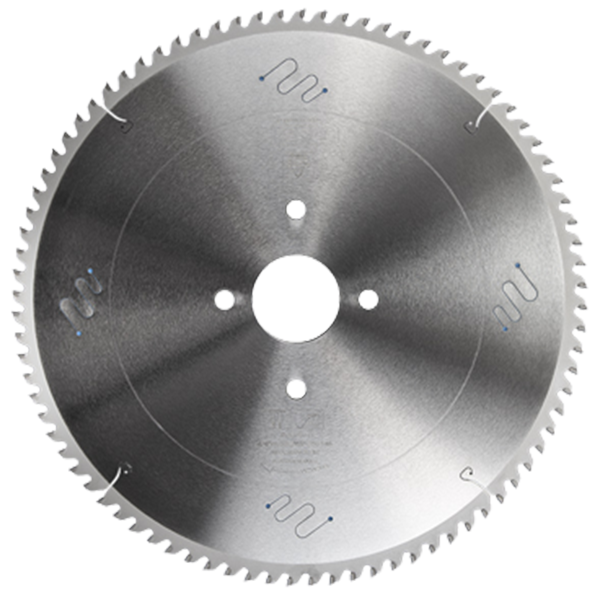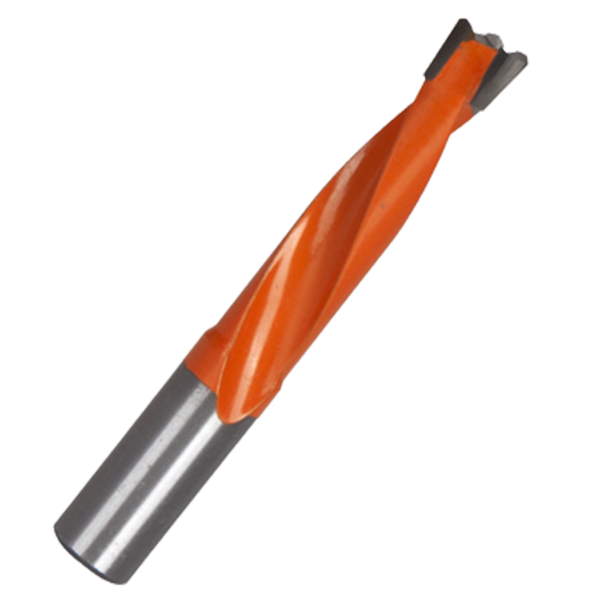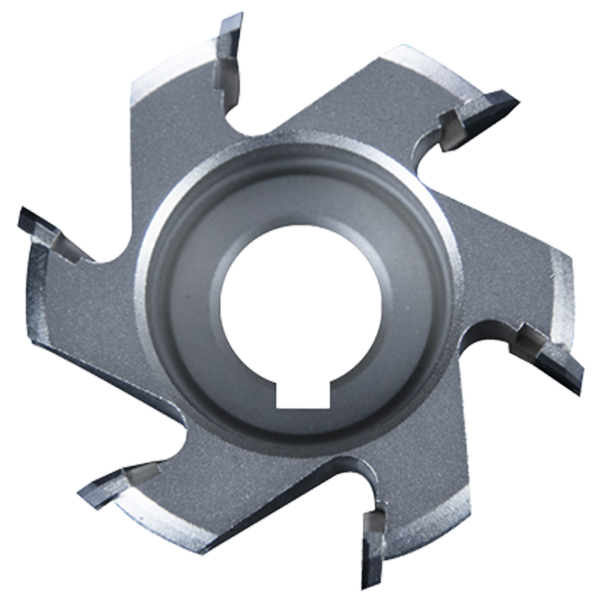Mastering Metal Cold Cutting: A Professional Guide to Circular Saw Blade Application Standards
In the world of industrial metal fabrication, precision, efficiency, and quality are paramount. Metal cold cut circular saw blades have emerged as a cornerstone technology, offering unparalleled accuracy and superior surface finishes without the thermal distortion common to abrasive or friction sawing. This guide, based on established industry standards like T/CCMI 25-2023, provides a definitive overview of the selection, application, and management of these critical tools.
This article will serve as an essential resource for production managers, machine operators, and procurement specialists, delving into blade structure, parameter selection, and best practices for extending tool life and maximizing performance.
1. Foundational Standards: The Framework for Quality
A robust operational framework relies on standardization. For metal cold cut circular saw blades, key standards provide the necessary guidelines for manufacturing, application, and safety.
- Scope of Application: These standards govern the entire lifecycle of a metal cold cut circular saw blade, from its structural design and manufacturing parameters to its selection, use, and storage. This creates a unified benchmark for both blade producers and end-users, ensuring consistency and reliability across the industry.
- Normative References: The guidelines are built upon foundational documents. For instance, T/CCMI 19-2022 specifies the core technical requirements for the blades themselves, while GB/T 191 dictates the universal pictographic markings for packaging, storage, and transportation. Together, they form a comprehensive system that guarantees quality from the factory to the workshop floor.
2. Terminology: What Defines a “Cold Cut”?
At its core, a Metal Cold Cut Circular Saw Blade is a specialized tool designed to cut metallic materials with little to no heat generation transferred to the workpiece. It operates at lower rotational speeds but with higher chip loads compared to friction saws. This “cold” process is achieved through precision-engineered blade geometry and Tungsten Carbide Tipped (TCT) teeth, which shear the material rather than abrading it.
The primary advantages of this method include:
- High Precision: Produces clean, burr-free cuts with minimal kerf loss.
- Superior Surface Finish: The cut surface is smooth and often requires no secondary finishing.
- No Heat-Affected Zone (HAZ): The material’s microstructure at the cut edge remains unchanged, preserving its tensile strength and hardness.
- Increased Safety: Sparks are virtually eliminated, creating a safer operating environment.
3. Blade Anatomy: Structure and Key Parameters
The performance of a cold cut saw blade is dictated by its design and physical parameters, which must adhere to strict specifications outlined in standards like T/CCMI 19-2022 (sections 4.1, 4.2).
Blade Structure
- Blade Body (Substrate): The body is the foundation of the blade, typically forged from high-strength alloy steel. It undergoes specialized heat treatment to achieve the perfect balance of rigidity—to withstand cutting forces and centrifugal force at speed—and toughness, to prevent cracking or deformation.
- Saw Teeth: These are the cutting elements, almost universally made of high-grade Tungsten Carbide tips brazed onto the blade body. The tooth geometry (shape, rake angle, clearance angle) is critical and varies based on the application. Common geometries include:
- Flat Top (FT): For general-purpose, rougher cutting.
- Alternate Top Bevel (ATB): Provides a cleaner finish on various materials.
- Triple Chip Grind (TCG): The industry standard for cutting ferrous metals, featuring a “roughing” chamfered tooth followed by a “finishing” flat tooth. This design provides excellent durability and a smooth finish.
Critical Parameters
- Diameter: Determines the maximum cutting capacity. Larger diameters are required for larger workpieces.
- Thickness (Kerf): A thicker blade offers greater rigidity and stability but removes more material. A thinner kerf is more material-efficient but may be less stable in demanding cuts.
- Tooth Count: This is a crucial parameter affecting both cutting speed and finish.
- More Teeth: Results in a smoother, finer finish but a slower cutting speed. Ideal for thin-walled or delicate materials.
- Fewer Teeth: Allows for a faster, more aggressive cut with better chip evacuation. Ideal for thick, solid materials.
- Bore (Arbor Hole): The central hole must precisely match the saw machine’s spindle to ensure a secure fit and stable rotation.
4. The Science of Selection: Blade and Parameter Application
Properly matching the blade and cutting parameters to the material is the single most important factor in achieving optimal results.
(1) Selecting the Right Blade Specification
The choice of blade diameter and tooth count is directly linked to the material’s diameter and the sawing machine’s model. An improper match leads to inefficiency, poor cut quality, and potential damage to the blade or machine.
The following provides a general application guide based on industry standards:
| Material Diameter (Bar Stock) | Recommended Blade Diameter | Suitable Machine Type |
|---|---|---|
| 20 – 55 mm | 285 mm | 70 Type |
| 75 – 100 mm | 360 mm | 100 Type |
| 75 – 120 mm | 425 mm | 120 Type |
| 110 – 150 mm | 460 mm | 150 Type |
| 150 – 200 mm | 630 mm | 200 Type |
Application Logic: Using a blade that is too small for the workpiece will strain the machine and blade, while an oversized blade is inefficient and can lead to vibration. The machine type corresponds to the power, rigidity, and capacity needed to properly drive a given blade size.
(2) Optimizing Cutting Parameters
Selecting the correct rotational speed (RPM) and feed rate is essential for maximizing tool life and achieving a quality cut. These parameters depend entirely on the material being cut. Harder, more abrasive materials require slower speeds and lower feed rates.
The following table, derived from industry data for 285mm and 360mm blades, provides a reference for Linear Speed and Feed Per Tooth.
| Material Type | Example Materials | Linear Speed (m/min) | Feed Per Tooth (mm/tooth) | Recommended RPM (285mm / 360mm Blade) |
|---|---|---|---|---|
| Low Carbon Steel | 10#, 20#, Q235, A36 | 120 – 140 | 0.04 – 0.10 | 130-150 / 110-130 |
| Bearing Steel | GCr15, 100CrMoSi6-4 | 50 – 60 | 0.03 – 0.06 | 55-65 / 45-55 |
| Tool & Die Steel | SKD11, D2, Cr12MoV | 40 – 50 | 0.03 – 0.05 | 45-55 / 35-45 |
| Stainless Steel | 303, 304 | 60 – 70 | 0.03 – 0.05 | 65-75 / 55-65 |
Key Principles:
- Linear Speed (Surface Speed): This is a constant that relates RPM to blade diameter. For a larger blade to maintain the same linear speed, its RPM must be lower. This is why the 360mm blade has lower RPM recommendations.
- Feed Per Tooth: This measures the amount of material each tooth removes. For hard materials like tool steel (SKD11), a very low feed rate is crucial to prevent the carbide tips from chipping under high pressure. For softer low-carbon steel (Q235), a higher feed rate can be used to maximize cutting efficiency.
- Stainless Steel: This material is “gummy” and a poor heat conductor. Slower linear speeds are necessary to prevent work-hardening and excessive heat buildup at the cutting edge, which can quickly degrade the blade.
5. Handling and Care: Marking, Packaging, and Storage
The longevity and performance of a saw blade are also dependent on its handling and storage, which should adhere to standards like GB/T 191.
- Marking: Each blade must be clearly marked with its essential specifications: dimensions (diameter x thickness x bore), tooth count, manufacturer, and maximum safe RPM. This ensures correct identification and safe usage.
- Packaging: Blades must be packaged securely to protect the fragile carbide teeth from impact during transport. This often involves robust boxes, blade separators, and protective coatings or covers for the teeth.
- Storage: Proper storage is critical to prevent damage and corrosion.
- Environment: Store blades in a clean, dry, and climate-controlled environment (recommended temperature: 5-35°C, relative humidity: <75%).
- Positioning: Blades should always be stored horizontally (flat) or hung vertically on appropriate racks. Never stack blades on top of each other, as this can cause warping and tooth damage.
- Protection: Keep blades away from corrosive substances and direct heat sources.
Conclusion: The Future of Standardized Cold Cutting
The implementation of comprehensive application standards is a vital step forward for the metalworking industry. By providing a clear, scientific framework for the design, selection, and use of metal cold cut circular saw blades, these guidelines empower businesses to enhance cutting efficiency, improve product quality, and reduce operational costs.
As materials science and manufacturing technology continue to evolve, these standards will undoubtedly be updated to include guidance for new alloys, advanced PVD blade coatings, and innovative tooth geometries. By embracing these standards, the industry ensures a future that is more precise, more efficient, and fundamentally more productive.
Post time: Sep-29-2025

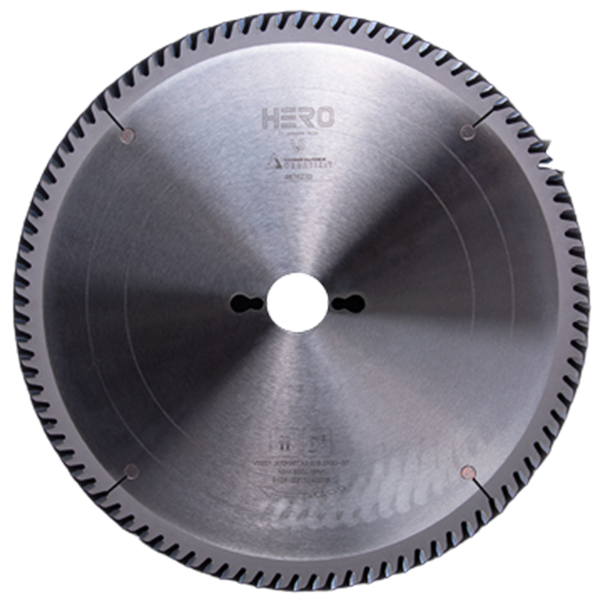 TCT Saw Blade
TCT Saw Blade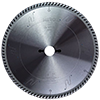 HERO Sizing Saw Blade
HERO Sizing Saw Blade HERO Panel Sizing Saw
HERO Panel Sizing Saw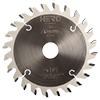 HERO Scoring Saw Blade
HERO Scoring Saw Blade HERO Solid Wood Saw Blade
HERO Solid Wood Saw Blade HERO Aluminum Saw
HERO Aluminum Saw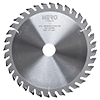 Grooving Saw
Grooving Saw Steel Profile Saw
Steel Profile Saw Edge Bander Saw
Edge Bander Saw Acrylic Saw
Acrylic Saw PCD Saw Blade
PCD Saw Blade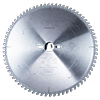 PCD Sizing Saw Blade
PCD Sizing Saw Blade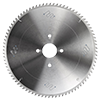 PCD Panel Sizing Saw
PCD Panel Sizing Saw PCD Scoring Saw Blade
PCD Scoring Saw Blade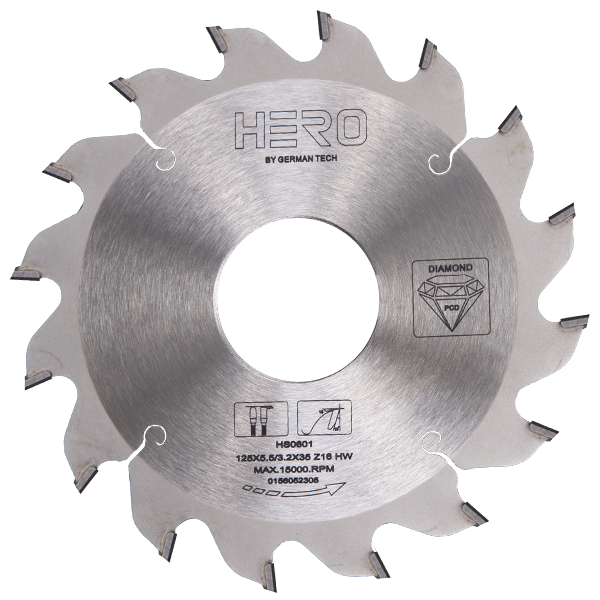 PCD Grooving Saw
PCD Grooving Saw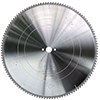 PCD Aluminum Saw
PCD Aluminum Saw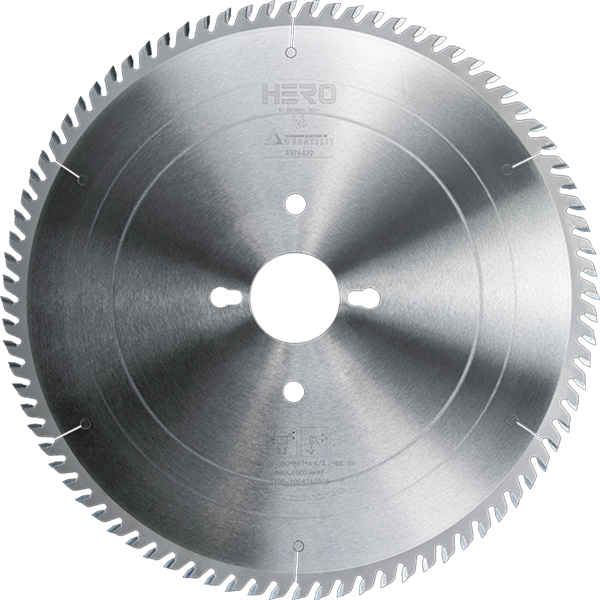 Cold Saw for Metal
Cold Saw for Metal Cold Saw Blade for Ferrous Metal
Cold Saw Blade for Ferrous Metal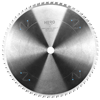 Dry Cut Saw Blade for Ferrous Metal
Dry Cut Saw Blade for Ferrous Metal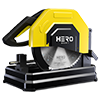 Cold Saw Machine
Cold Saw Machine Drill Bits
Drill Bits Dowel Drill Bits
Dowel Drill Bits Through Drill Bits
Through Drill Bits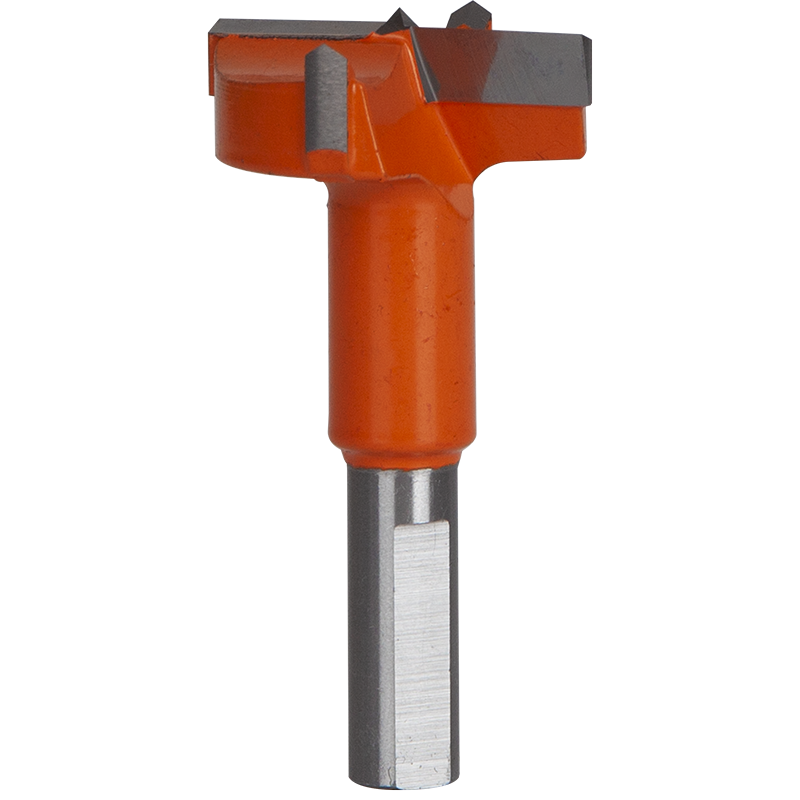 Hinge Drill Bits
Hinge Drill Bits TCT Step Drill Bits
TCT Step Drill Bits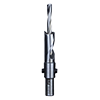 HSS Drill Bits/ Mortise Bits
HSS Drill Bits/ Mortise Bits Router Bits
Router Bits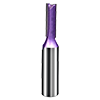 Straight Bits
Straight Bits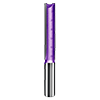 Longer Straight Bits
Longer Straight Bits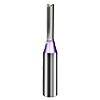 TCT Straight Bits
TCT Straight Bits M16 Straight Bits
M16 Straight Bits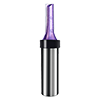 TCT X Straight Bits
TCT X Straight Bits 45 Degree Chamfer Bit
45 Degree Chamfer Bit Carving Bit
Carving Bit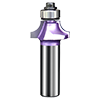 Corner Round Bit
Corner Round Bit PCD Router Bits
PCD Router Bits Edge Banding Tools
Edge Banding Tools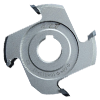 TCT Fine Trimming Cutter
TCT Fine Trimming Cutter TCT Pre Milling Cutter
TCT Pre Milling Cutter Edge Bander Saw
Edge Bander Saw PCD Fine Trimming Cutter
PCD Fine Trimming Cutter PCD Pre Milling Cutter
PCD Pre Milling Cutter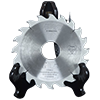 PCD Edge Bander Saw
PCD Edge Bander Saw Other Tools & Accessories
Other Tools & Accessories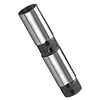 Drill Adapters
Drill Adapters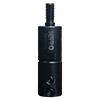 Drill Chucks
Drill Chucks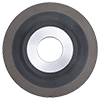 Diamond Sand Wheel
Diamond Sand Wheel Planer Knives
Planer Knives
